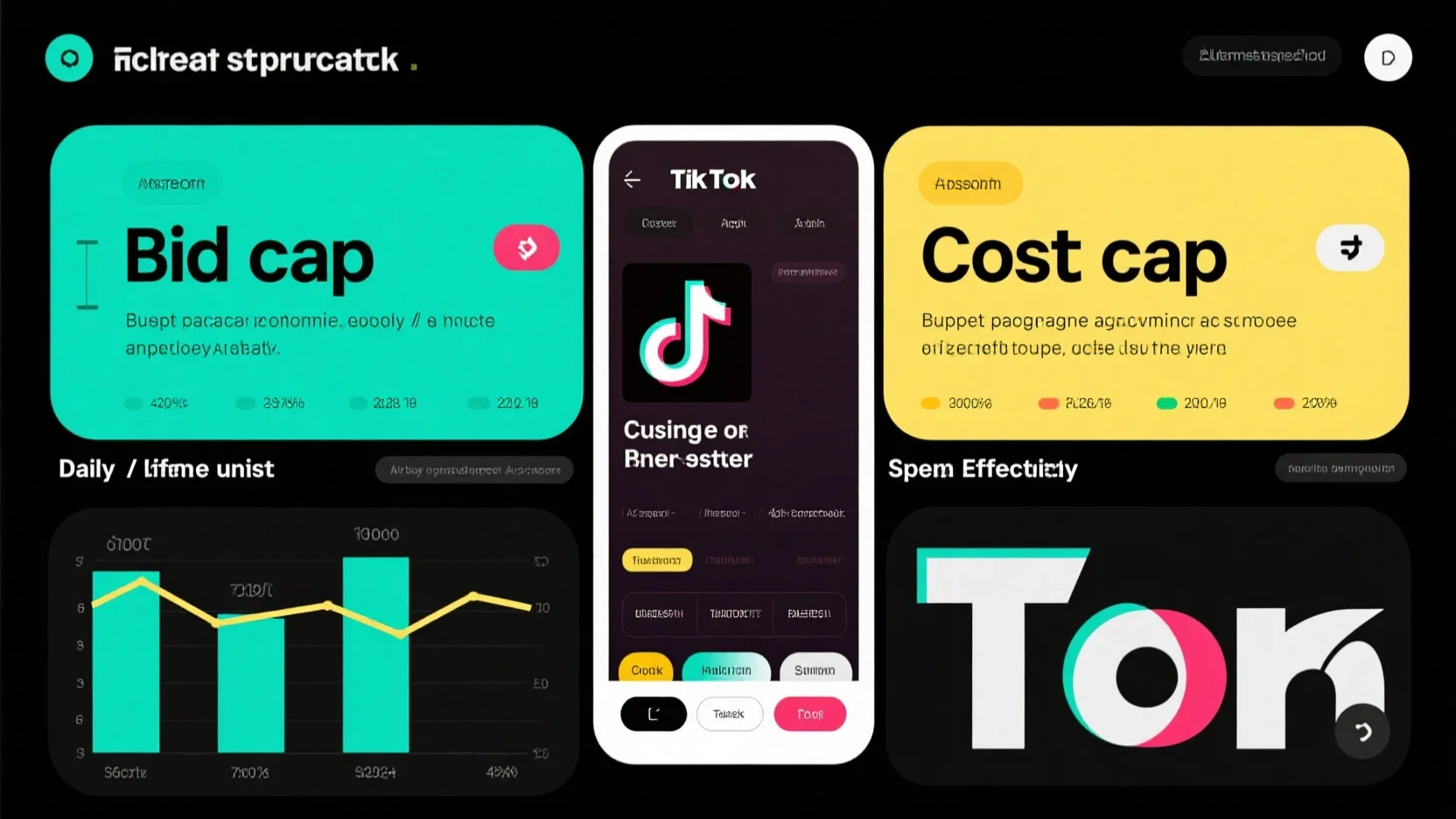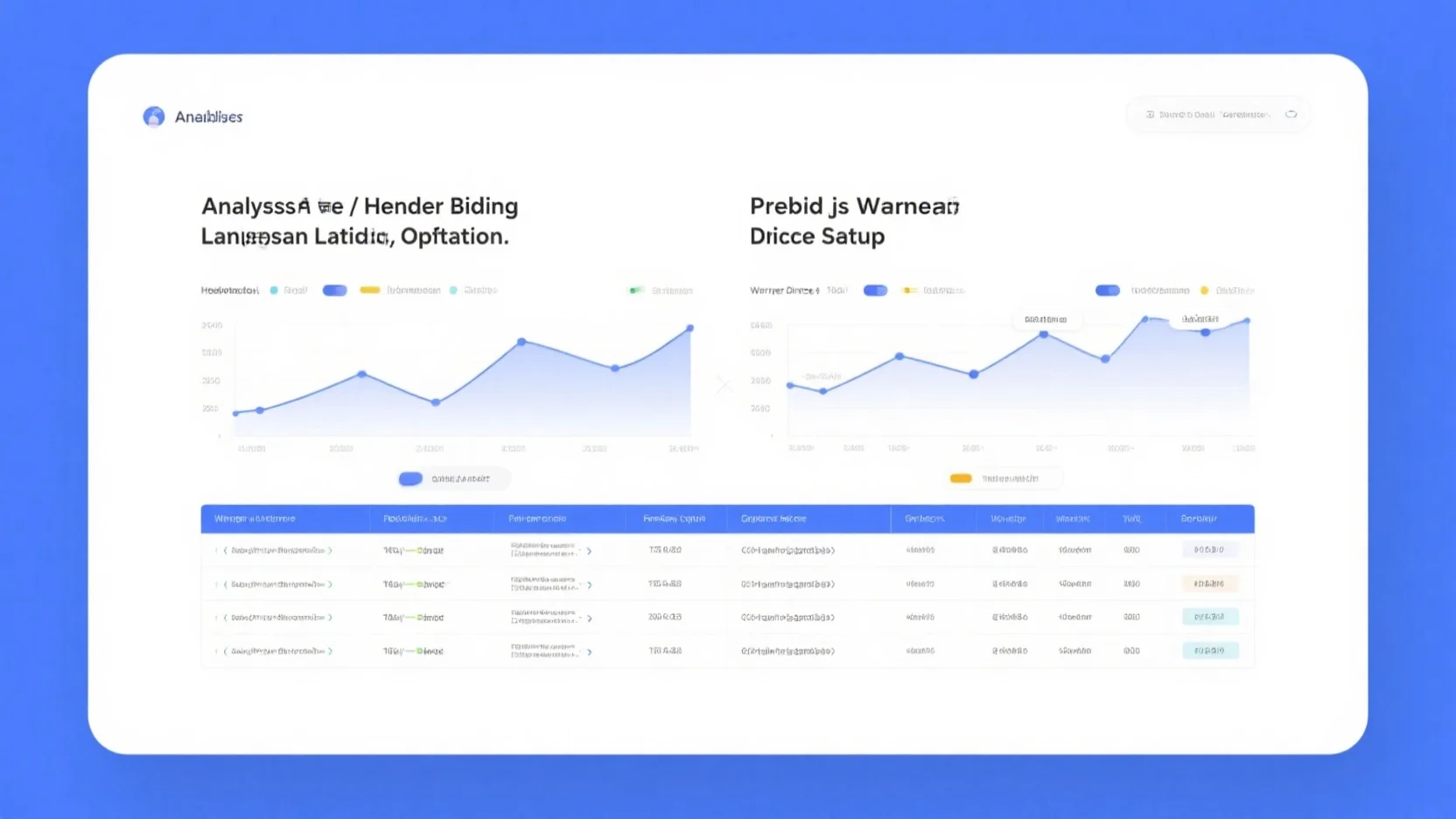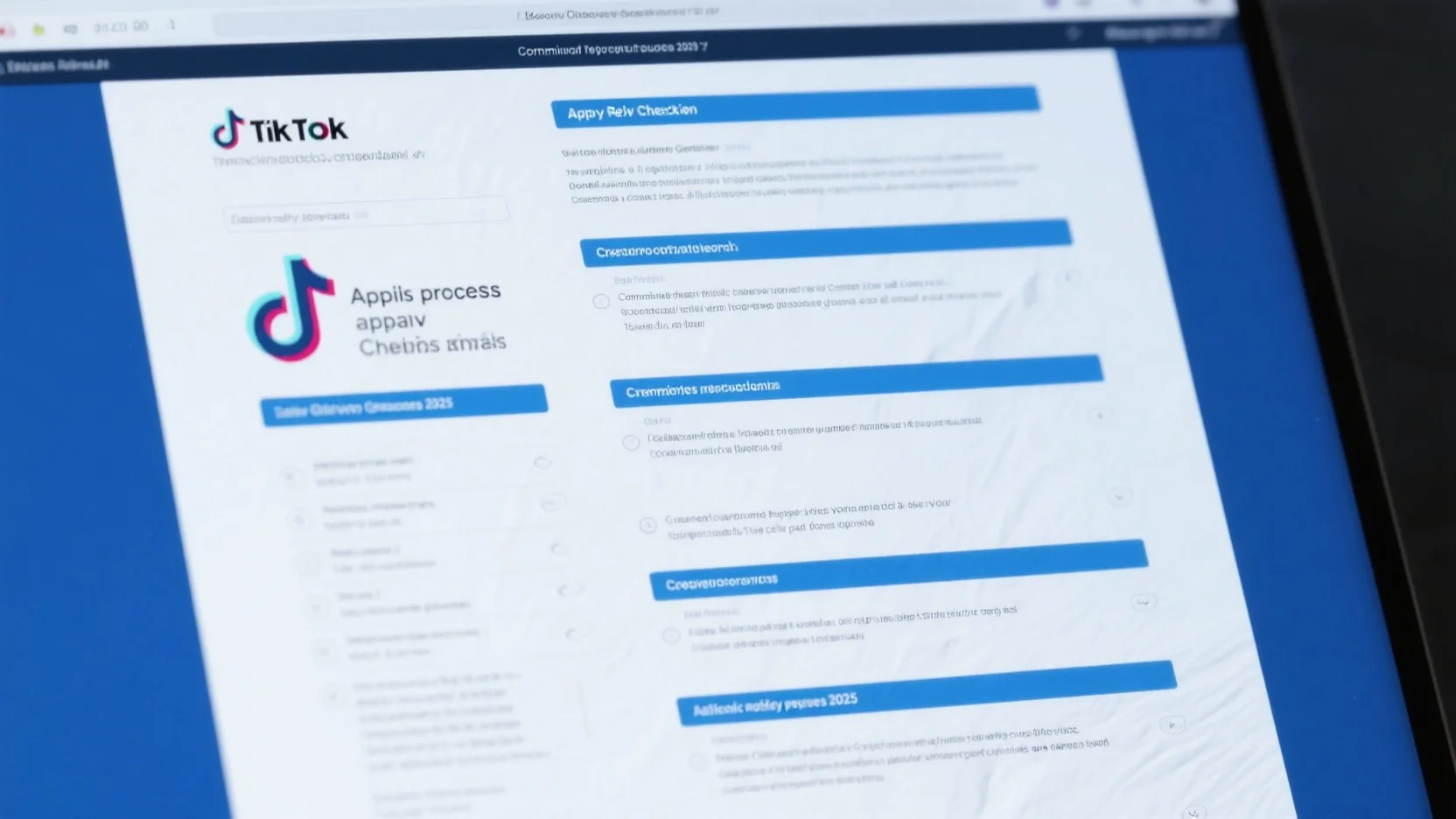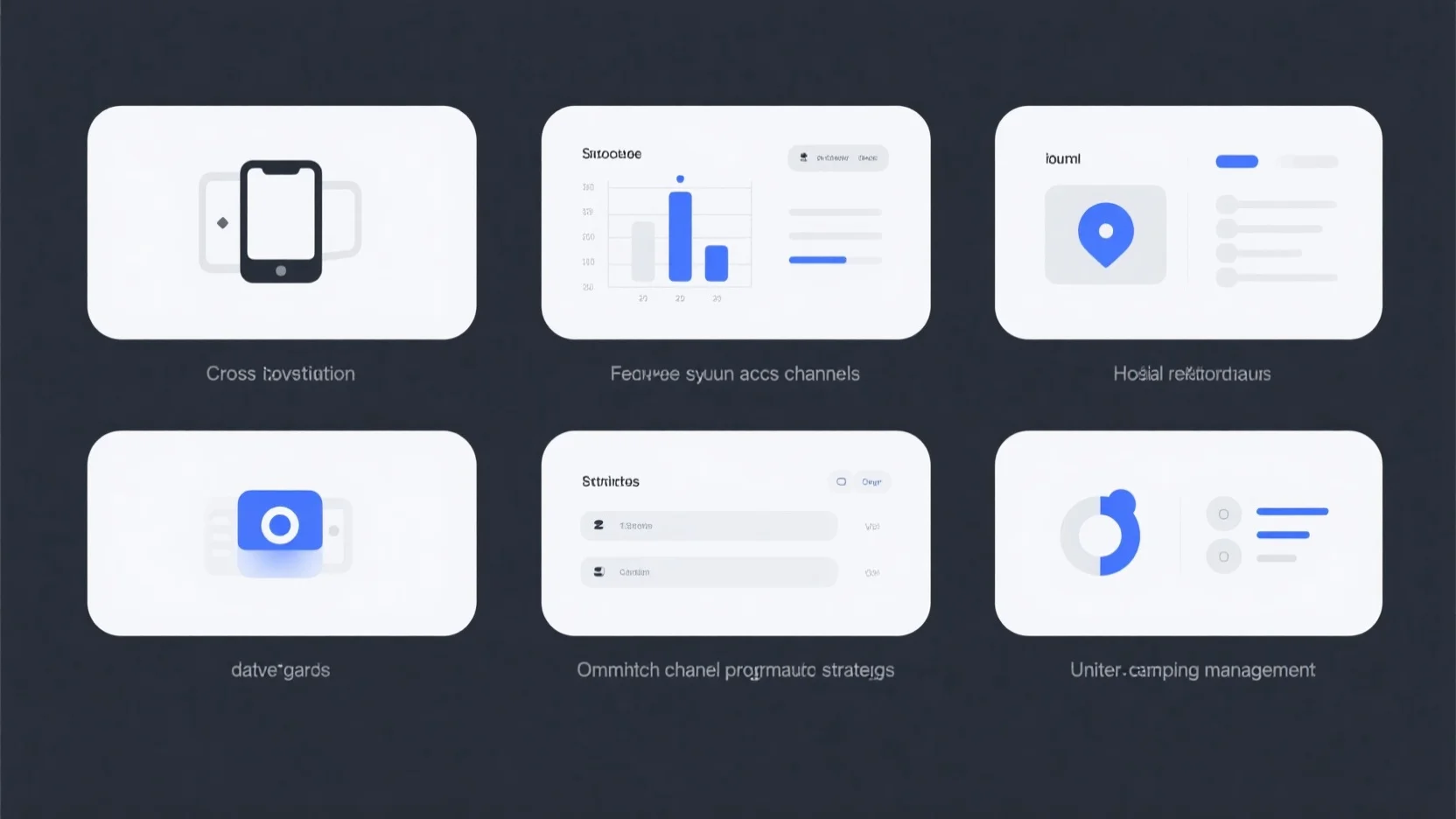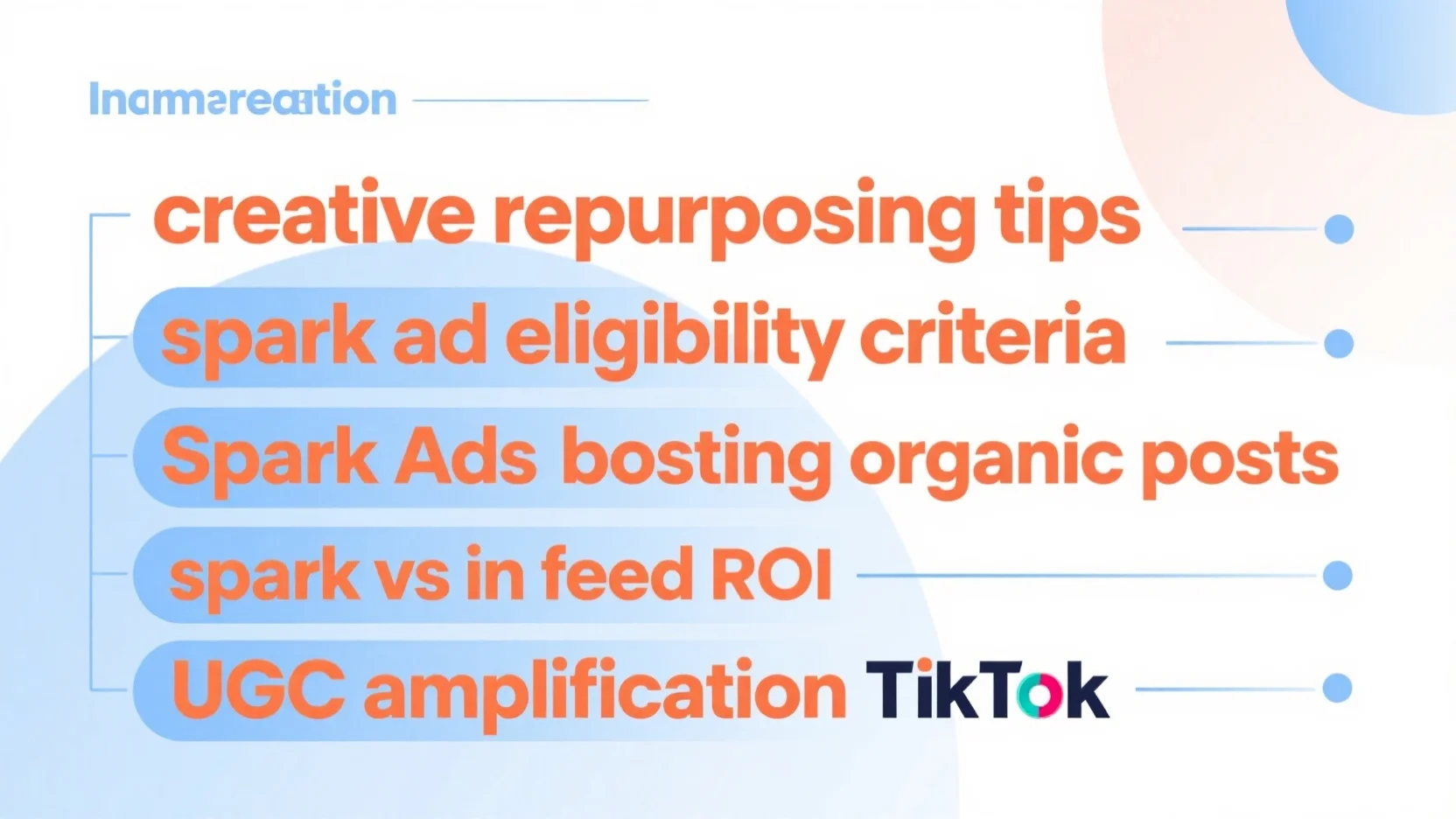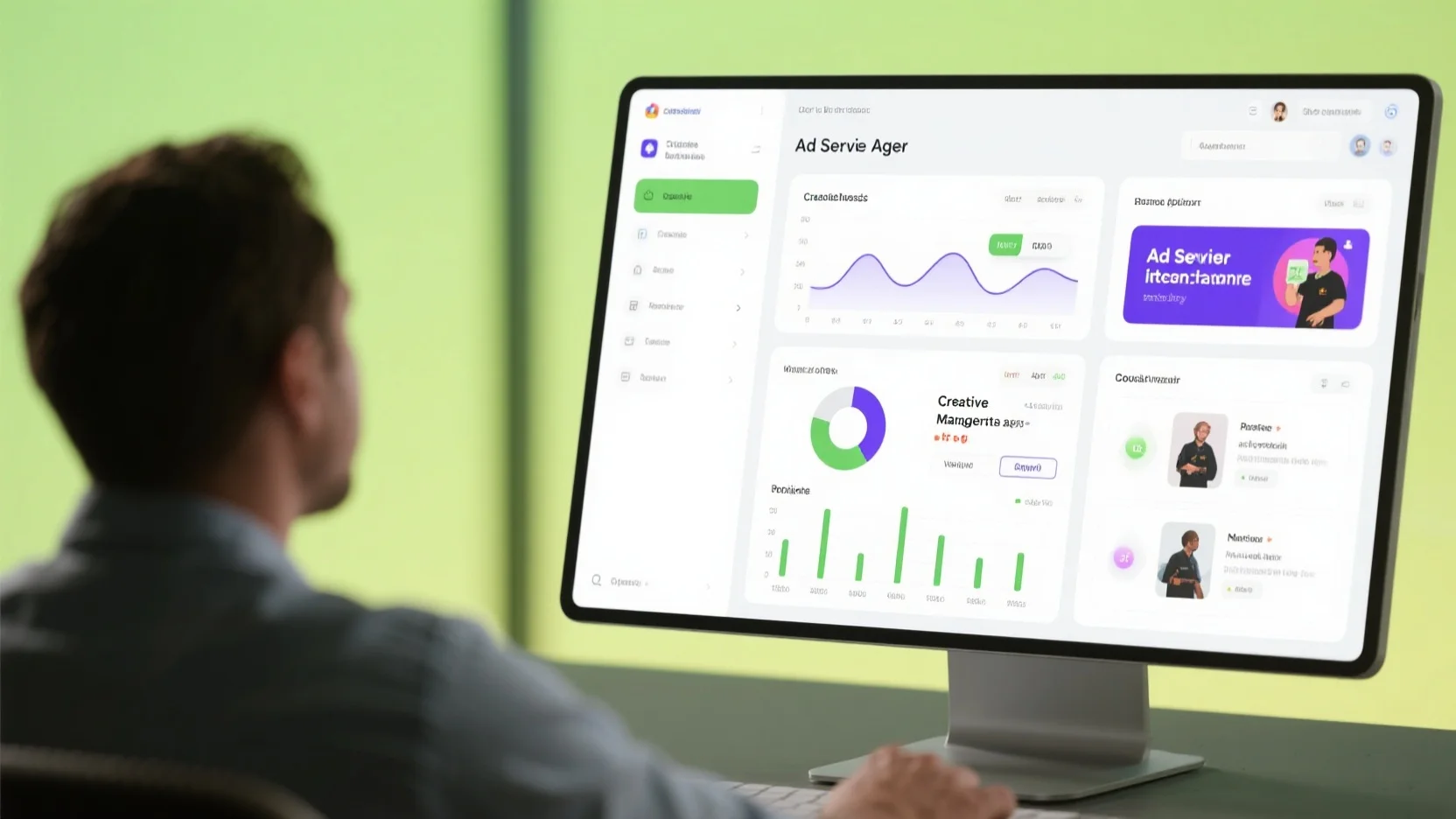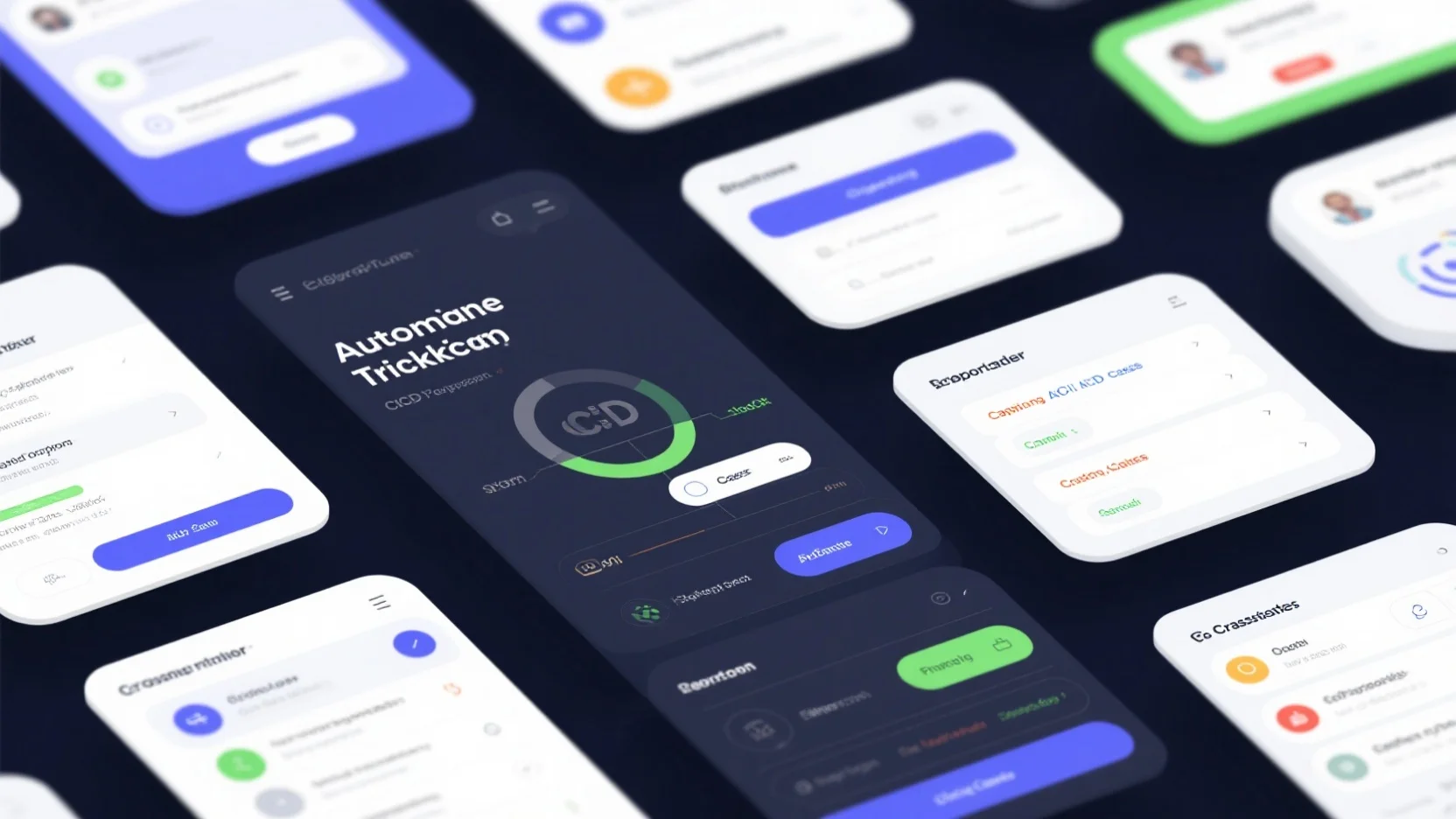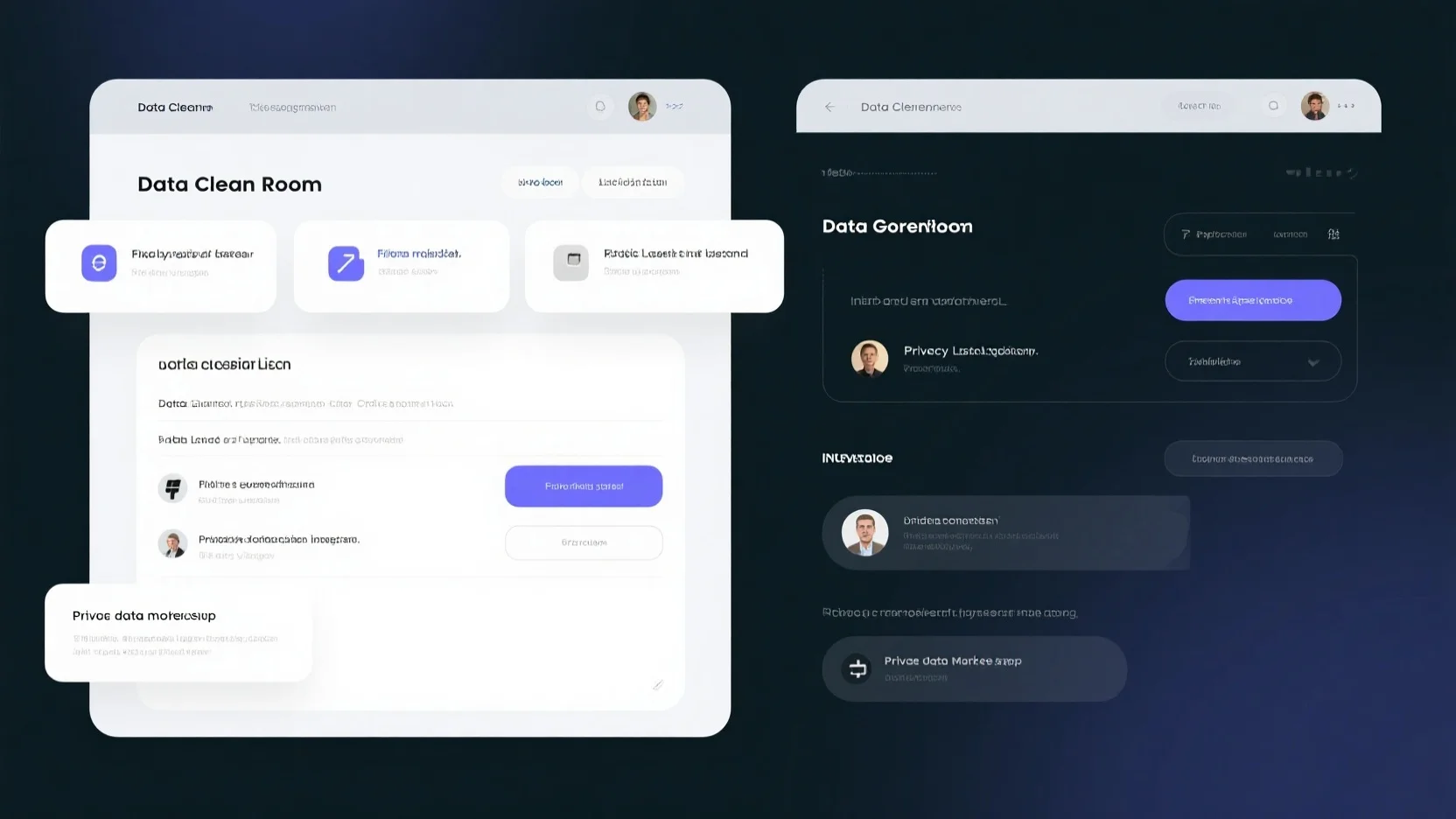
Comprehensive Guide to Private Data Marketplace Setup, Clean Room Integration, First – Party Data Licensing, Governance, and Privacy Compliance
In today’s data – driven business world, setting up a private data marketplace, integrating data clean rooms, licensing first – party data, establishing data governance frameworks, and ensuring privacy compliance are critical. According to Gartner
